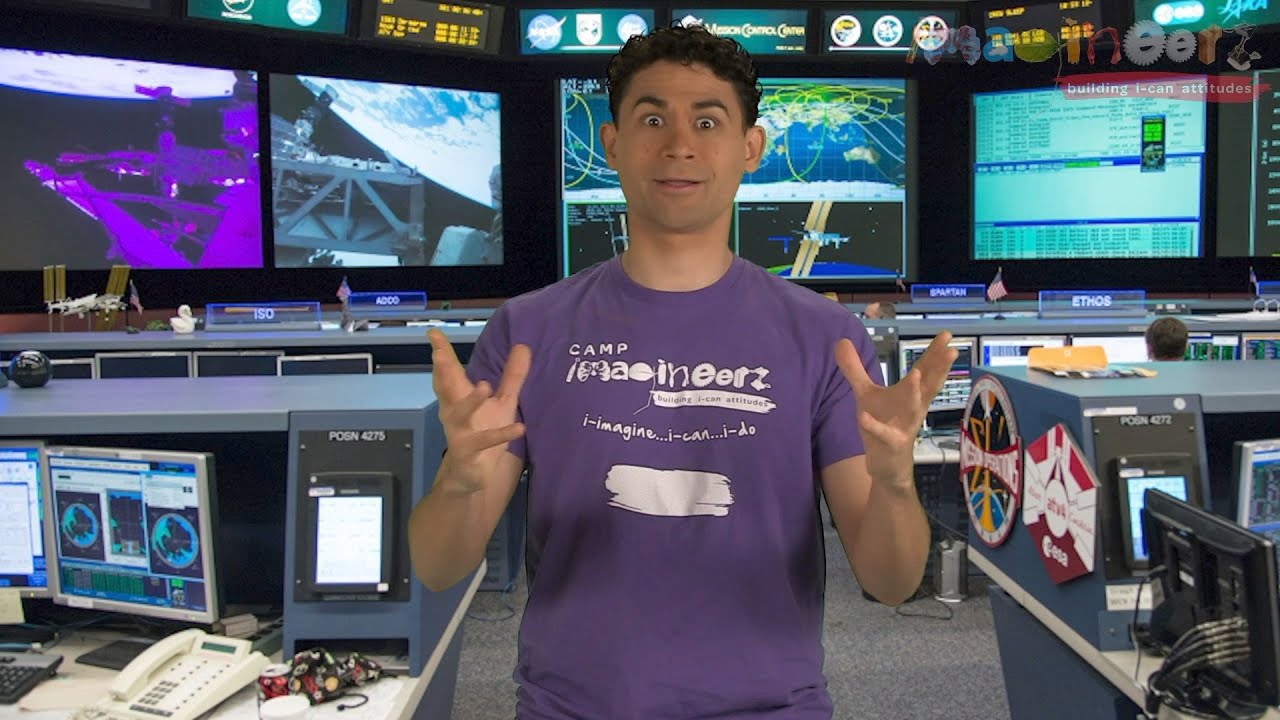STEM Challenge: Calm Down, Amygdala!

Challenge
Design a Martian sport that capitalizes on the planet’s reduced gravity, enabling lighter movements and higher jumps.
Constraints and Success Criteria
- The sport must be playable under Martian conditions, emphasizing Mars’ lower gravity.
- Creativity in utilizing the Martian environment’s unique aspects is encouraged.
Materials

You do not need any testers for this challenge.
Set Up
- Prepare Materials: Ensure you have all the necessary materials ready beforehand and organize them so that they are easily accessible to students. Students should use no more than five of any one material per creation! For example, a student can use five straws and five pieces of paper, but not ten straws. If you provide aluminum foil, no more than one arm’s length piece for each student!
- Set Up Testing Area: Create a designated areas where students can test their games.
- Provide Guidelines and Constraints: Reiterate the challenge and the constraints to students, such as the effects of Mars’ weak gravity, as needed. Building time is 45 minutes!
- Model the Design Process: Before students begin, demonstrate the design process by going through the steps yourself. Discuss how to brainstorm ideas, create prototypes, test them, and make iterations based on the results, as needed.
- Encourage Collaboration: Foster a collaborative environment where students can work together in pairs. Encourage them to share ideas, help each other troubleshoot challenges, and provide constructive feedback throughout the process. But no groups of three!
- Support Adaptation: Encourage students to embrace the mindset of adaptation and problem-solving. Help them see that setbacks and failures are opportunities to learn and make improvements. Guide them in identifying areas for adaptation and brainstorming alternative solutions.
- Facilitate Reflection: Set aside time for students to reflect on their design process and decision-making. Ask questions that prompt them to think critically about their choices, challenges they faced, and what they learned from the experience. This reflection can be done individually, in pairs, or as a whole-class discussion.
- Celebrate and Showcase: Once students have completed their games, celebrate their efforts and showcase their designs. Provide opportunities for students to share their experiences, explain their design choices, and reflect on the overall learning journey.
CASEL Discussion Questions
Five questions aligned to Responsible Decision Making — our focus CASEL competency for Module 3 — for teachers to foster an engaging discussion and social-emotional learning
- What decisions did you make during the design process for your Martian sport? How did you consider the impact of those decisions on others?
- How did you ensure fairness and inclusivity in the rules and gameplay of your Martian sport? Did you consider the varying abilities and interests of potential players?
- Reflect on the consequences of your decisions. How did your choices impact the overall enjoyment and safety of participants? What adjustments would you make to improve the experience?
- How did you incorporate sustainability and resourcefulness into your game design? Did you consider the limitations and available resources on Mars? Explain your approach.
- If you worked with a partner, how did you collaborate and communicate to make informed choices together? How did you manage disagreements or conflicting ideas?



